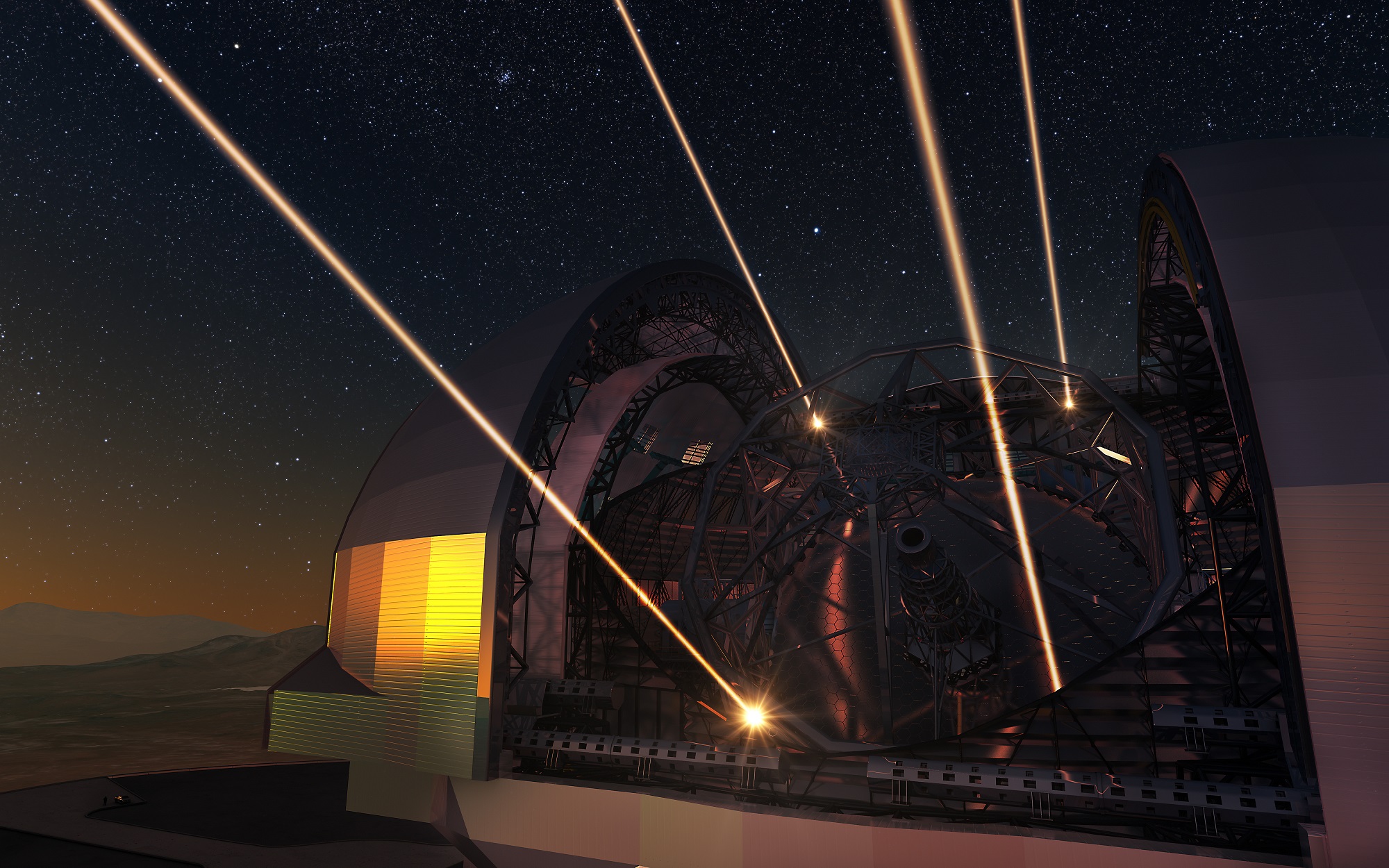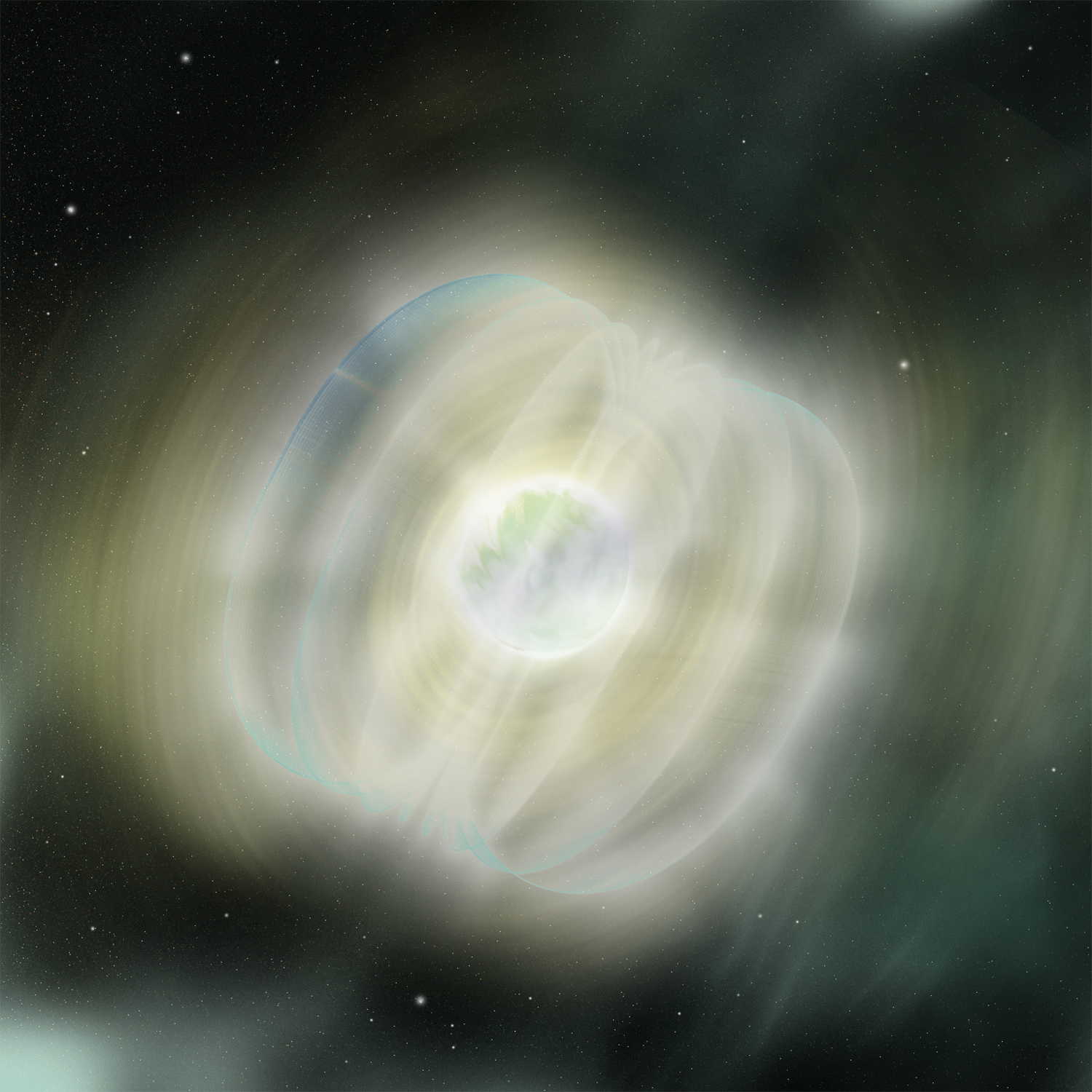In this series we are exploring the weird and wonderful world of astronomy jargon! You’ll quickly see what we’re talking about this week: r-process!
Continue reading “Astronomy Jargon 101: R-Process”Astronomy Jargon 101: Spectrum
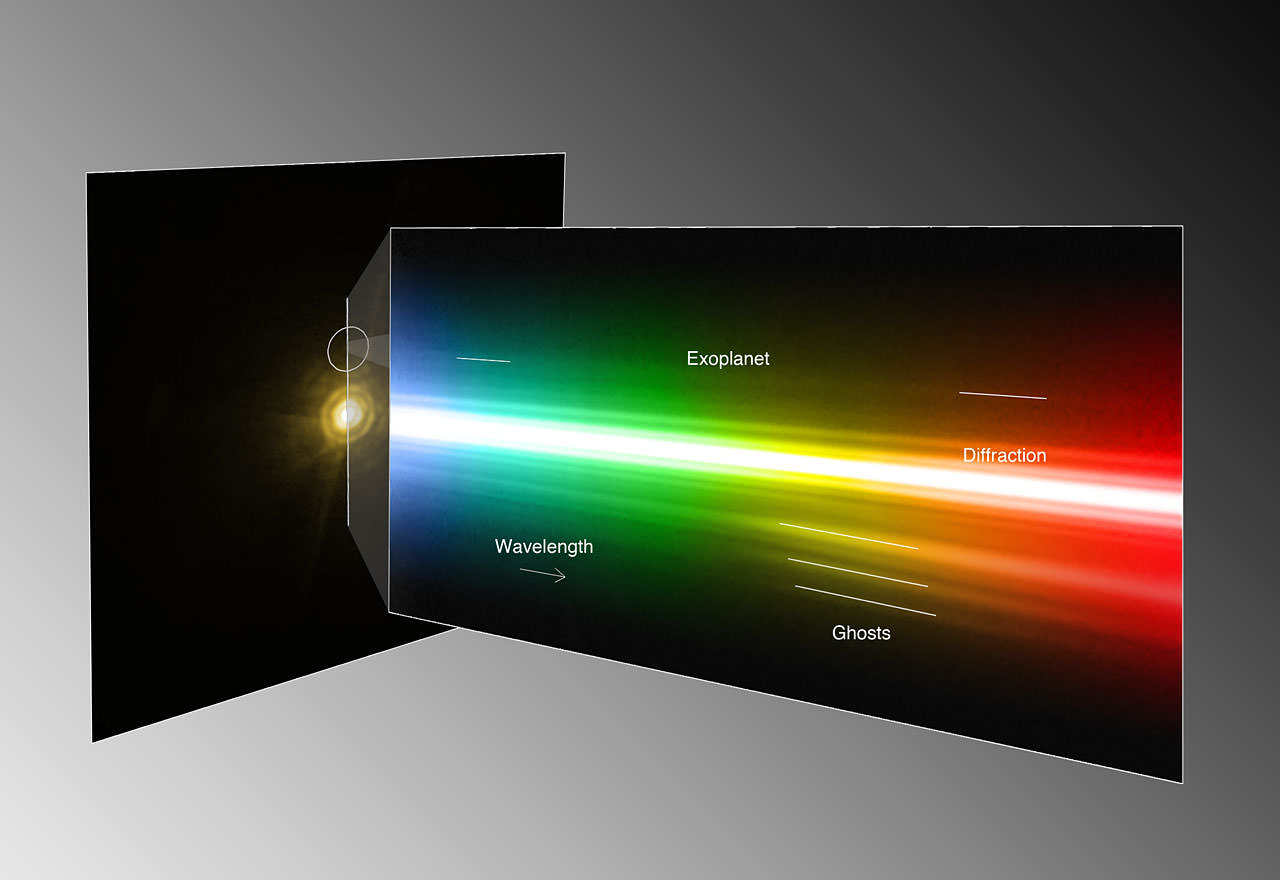
In this series we are exploring the weird and wonderful world of astronomy jargon! You’ll get the whole picture with today’s topic: spectrum!
Continue reading “Astronomy Jargon 101: Spectrum”Astronomy Jargon 101: Luminosity

In this series we are exploring the weird and wonderful world of astronomy jargon! You’ll soon see what we’re talking about this week: luminosity!
Continue reading “Astronomy Jargon 101: Luminosity”Astronomy Jargon 101: Hertzsprung–Russell (HR) diagram

In this series we are exploring the weird and wonderful world of astronomy jargon! You’ll soon have a better way to categorize today’s topic: the Hertzsprung–Russell diagram!
Continue reading “Astronomy Jargon 101: Hertzsprung–Russell (HR) diagram”Astronomy Jargon 101: Doppler Shift
In this series we are exploring the weird and wonderful world of astronomy jargon! Watch out for today’s topic: doppler shift!
Continue reading “Astronomy Jargon 101: Doppler Shift”Astronomy Jargon 101: Adaptive Optics
In this series we are exploring the weird and wonderful world of astronomy jargon! Adjust your eyeglasses to read about today’s topic: adaptive optics!
Continue reading “Astronomy Jargon 101: Adaptive Optics”Astronomy Jargon 101: Astronomical Unit
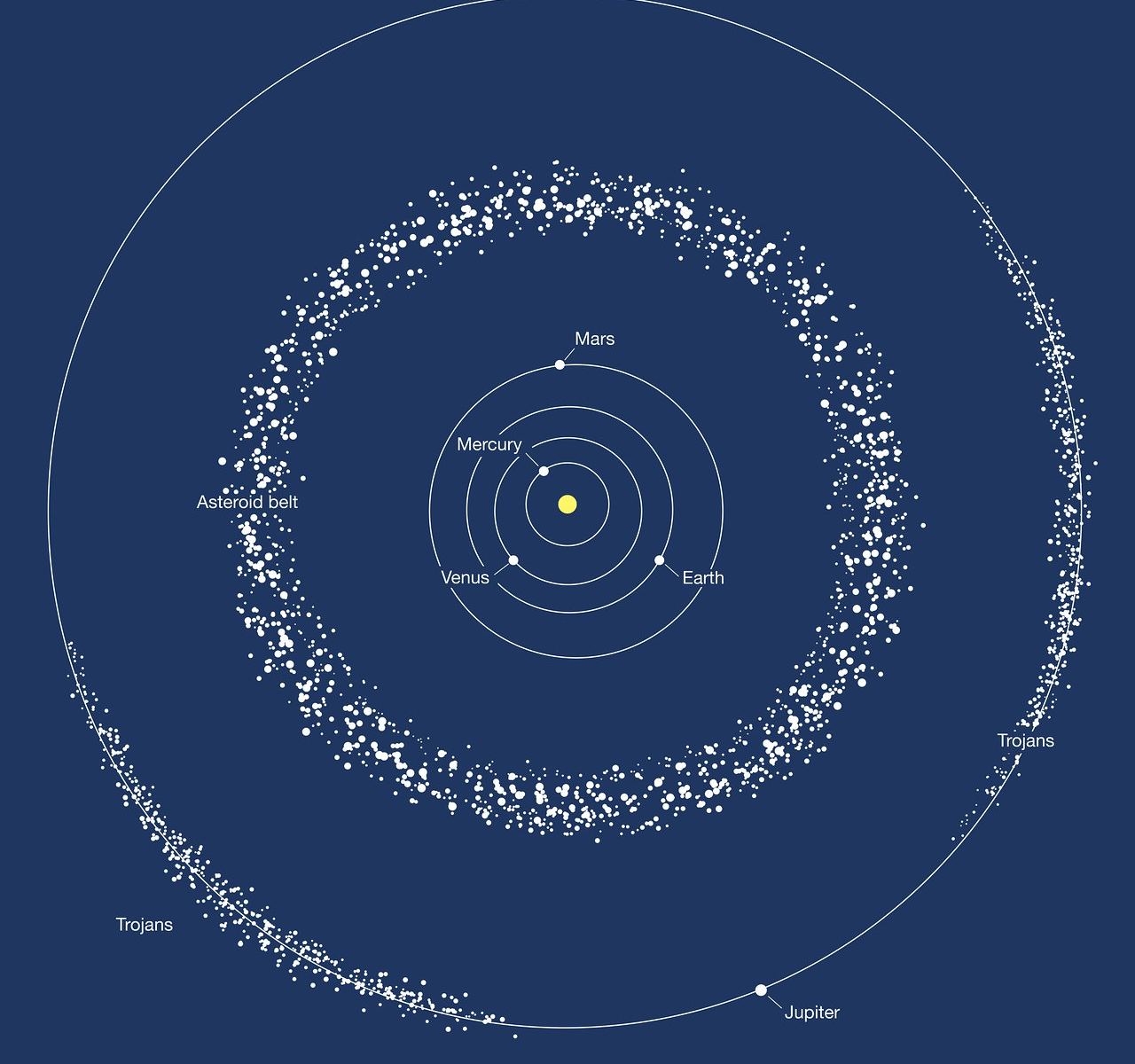
In this series we are exploring the weird and wonderful world of astronomy jargon! It’s easy to measure your interest in today’s topic: the astronomical unit!
Continue reading “Astronomy Jargon 101: Astronomical Unit”Astronomy Jargon 101: Parallax
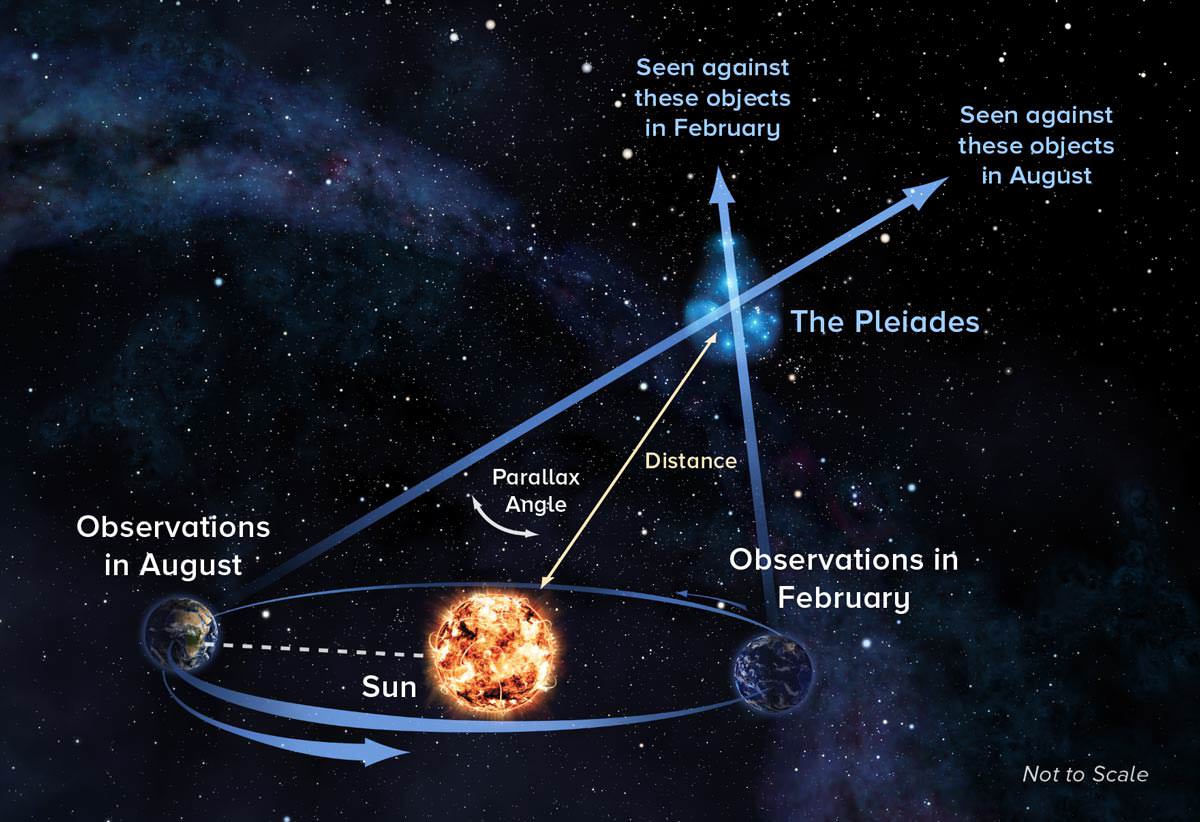
In this series we are exploring the weird and wonderful world of astronomy jargon! You probably don’t know how close you are to today’s topic: parallax!
Continue reading “Astronomy Jargon 101: Parallax”Astronomy Jargon 101: Magnetars
In this series we are exploring the weird and wonderful world of astronomy jargon! Hang on to your magnetic hats, because today’s topic is magnetars!
Continue reading “Astronomy Jargon 101: Magnetars”Where can we find a fifth force of nature?
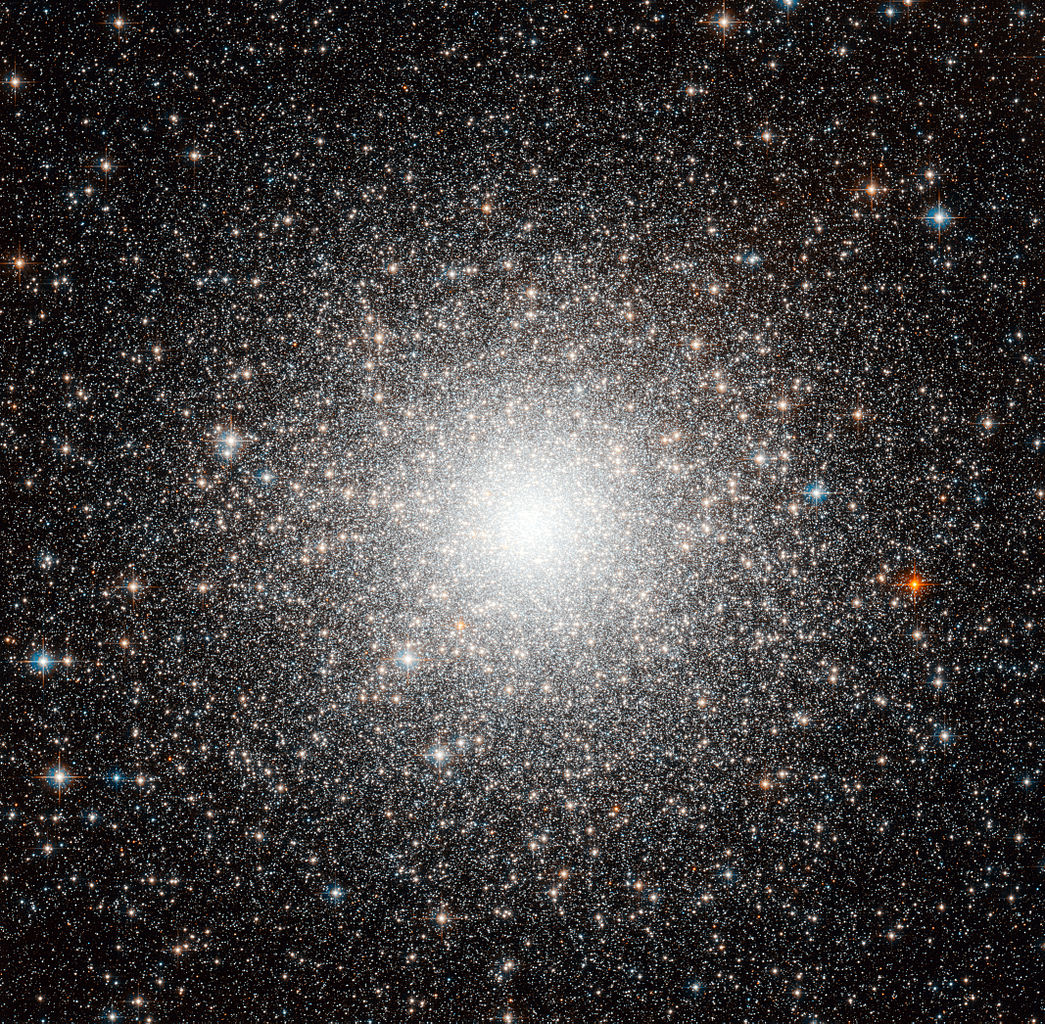
We know of four fundamental forces of nature, with no signs of a fifth. But dark matter and dark energy make up over 90% of all the contents of the universe. So the question remains: could there be a fifth force hiding in the “dark sector” of our universe?
Continue reading “Where can we find a fifth force of nature?”


